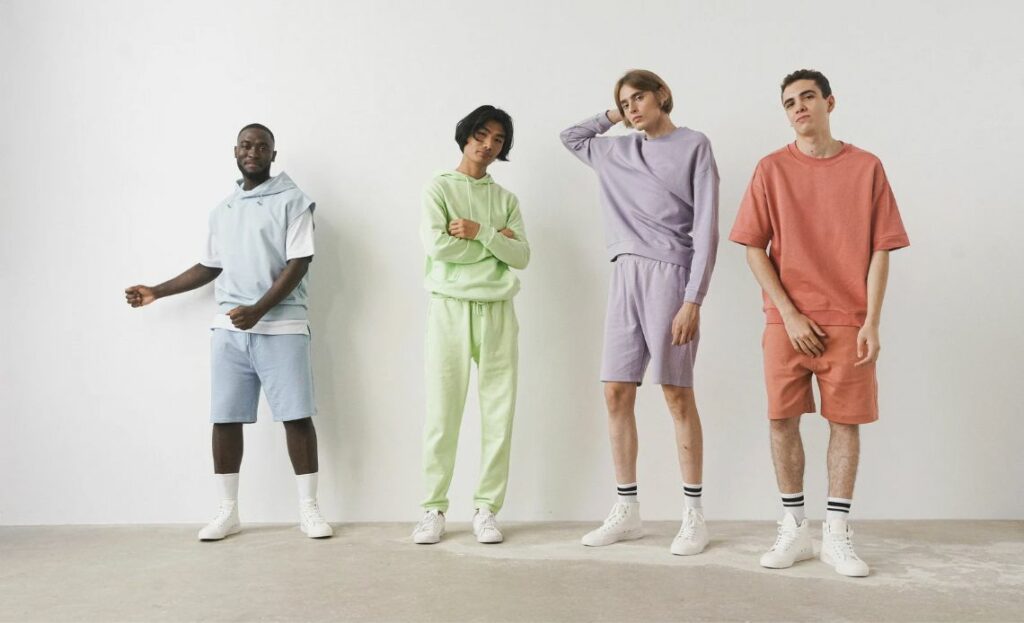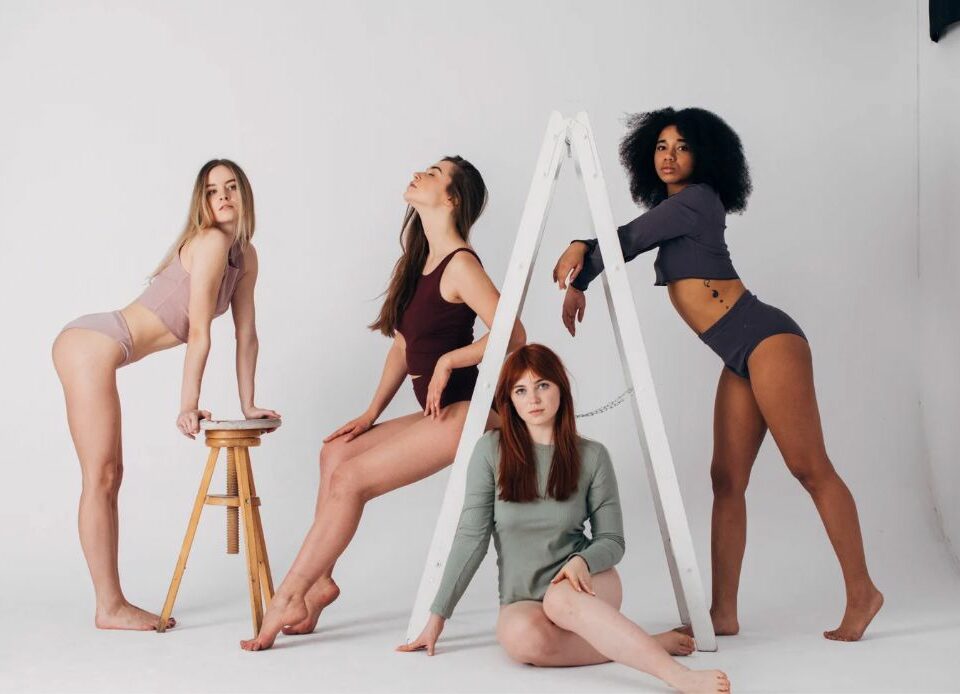The Ins and Outs of Commercial Lifestyle Modelling

In recent years, commercial lifestyle modeling has emerged as a new genre within the modeling profession. But what exactly is the point? In commercial lifestyle modeling, the model portrays a persona consistent with an advertised product or service. It’s not about trying to emulate magazine aesthetics but projecting a persona that will resonate with your target audience.
Discovering Commercial Lifestyle Modeling
Commercial lifestyle modeling is just one of many genres within the modeling industry. Promoting a product or service involves depicting a particular way of life. The objective is to humanize the product in the eyes of the buyer and to make the product seem approachable and desired.
Types of Commercial Lifestyle Modeling
Different types of commercial lifestyle modeling exist, depending on the product or service being advertised. Here are the most common ones:
Product Modeling
In the field of product modeling, models are employed for the express purpose of promoting tangible goods like apparel, jewelry, and technology. The role of the model is to showcase the usefulness and appeal of the product in realistic contexts.
Service Modeling
Models are often used in service modeling to promote businesses like spas and hotels. The role of the model is to make the service more appealing to potential customers by highlighting its benefits.
Brand Modeling
When a model is contracted to represent a particular brand, such as an apparel line or a beauty product, this is known as “brand modeling.” The role of the model is to convey the core principles and character of the company while also establishing a rapport with the targeted demographic.
Skills Required for Commercial Lifestyle Modeling
Commercial lifestyle modeling requires different skills than high fashion or editorial modeling. Here are the most important ones:
Acting Skills
Through their facial expressions and body language, a commercial lifestyle model ought to be able to communicate various feelings and states of mind and tell a story.
Natural Look
A commercial lifestyle model should have an approachable and natural appearance, as though they are a typical person going about their daily activities. This entails wearing minimal makeup, letting your hair down, and dressing in uncomplicated clothes.
Posing Skills
A commercial lifestyle model ought to be able to strike poses in a way that appears natural and unforced, as though they are unaware the camera is being pointed in their direction. In addition, they should be able to follow instructions given by the art director or the photographer.
Versatility
A commercial lifestyle model’s versatility is key, as diverse products call for models of varying ages, genders, and ethnicities.
Communication Skills
A commercial lifestyle model should communicate well with the photographer, the creative director, and the client and grasp their vision and expectations.
Building a Portfolio for Commercial Lifestyle Modeling
A portfolio is essential for any aspiring model, especially for commercial lifestyle modeling.
Choosing the Right Photographer
Finding the appropriate photographer is crucial when assembling a portfolio for commercial lifestyle modeling. Find a photographer who has worked in commercial or advertising settings and has a knack for capturing candid, engaging moments. Verify their prior work and consult their references before hiring them.
Selecting Your Wardrobe and Props
Your wardrobe and props should match the advertised product or service and represent a lifestyle that the target audience can relate to. For example, if you’re modeling for a fitness brand, wear workout clothes and bring props such as weights or yoga mats.
Creating Different Looks
Trying to portray a range of personas and expressions in your portfolio can demonstrate your adaptability as a model. For example, you could have one set of cheerful and energetic photos and another set that is relaxed and cozy.
Finding Work as a Commercial Lifestyle Model
Find work as a commercial lifestyle model once you have a portfolio. Here are a few pointers:
Creating a Comp Card
A comp card is a modeling resume that includes your photos, measurements, and contact information. You can create a comp card online or hire a professional to do it for you.
Approaching Modeling Agencies
Contacting modeling agencies is a good way to find work as a commercial lifestyle model. Look for agencies specializing in commercial or advertising modeling and send them your comp card and portfolio.
Networking and Social Media
Photographers, art directors, and fashion stylists are some people you may meet and network with to advance your career. Expand your modeling network and promote your work effectively through social media.
Navigating the Industry as a Commercial Lifestyle Model
Navigating the modeling industry can be challenging, but here are some tips to help you succeed:
Contracts and Negotiations
Please read any agreements or contracts thoroughly before signing them. Feel free to ask for clarification if you’re unclear on anything. Confidence and competence will serve you well while you negotiate prices and terms.
Professionalism and Etiquette
Be punctual, respectful, and professional when working with clients and colleagues. Follow dress codes and guidelines, and be prepared to take direction and feedback.
Health and Fitness
As a model, it is in your best interest to lead a healthy lifestyle and take good care of your body. Doing so will enhance both your modeling abilities and your appearance.
Benefits and Challenges of Commercial Lifestyle Modeling
A regular stream of work, the chance to try out new products and services, and networking with industry professionals are just a few of the perks of commercial lifestyle modeling. The need to appear approachable and natural and the requirement to adapt to new products and services are two of the difficulties.
Success Stories in Commercial Lifestyle Modeling
Commercial lifestyle modeling has been very fruitful for several models, including Kate Upton (who has modeled for Guess and Sports Illustrated) and Cindy Crawford (who has represented Pepsi and Revlon).
FAQs
What’s the difference between commercial lifestyle modeling and high fashion modeling?
Commercial lifestyle modeling sells a lifestyle, product, or service, while high fashion modeling showcases high-end fashion and editorial looks.
Do I need professional training to become a commercial lifestyle model?
While professional training is not required, it can help you develop the skills and confidence needed for success in the industry.
How do I have the right look for commercial lifestyle modeling?
Commercial lifestyle modeling requires a natural and relatable look, so you may be a good fit if you have a friendly and approachable appearance.
Can I work as a commercial lifestyle model if I don’t live in a big city?
While big cities have more opportunities for modeling, you can still find work as a commercial lifestyle model in smaller markets, such as regional or local advertising campaigns.
What should I include in my comp card?
Your comp card should include your photos, measurements, and contact information. You can also have modeling experience, education, and special skills or talents.
Conclusion
Commercial lifestyle modeling is a rewarding and lucrative field that requires specific skills and attributes. This industry’s success is essential to building a portfolio, networking, and maintaining professionalism. Anyone can become a successful commercial lifestyle model with hard work and dedication.
Read More: Top Fashion Modeling Agencies: Your Guide to the Best Agencies in the Industry





